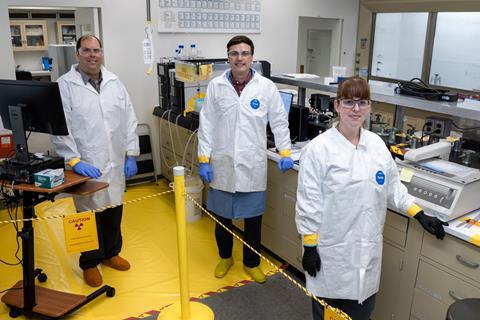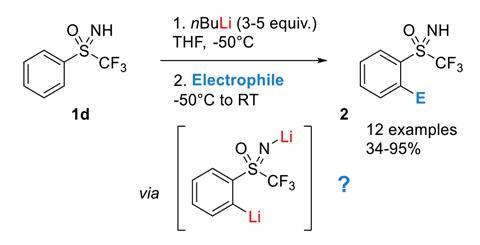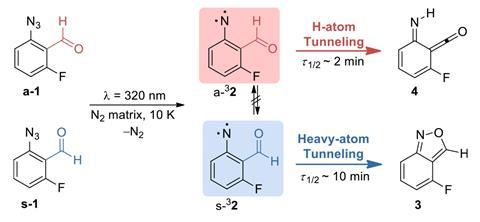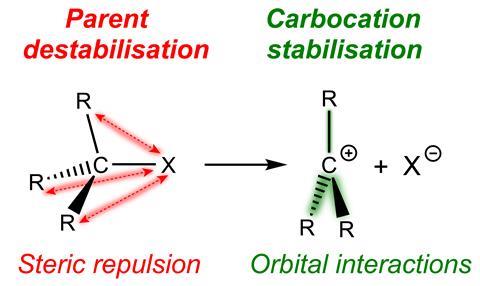Two weeks ago, I wrote a short piece explaining why I hadn’t posted my usual weekly blog post the day before and warning that I might not have recovered enough to write one for the following Wednesday, and so it came to pass. Much too late, I noticed through the general fog of a heavy […]
Read More








